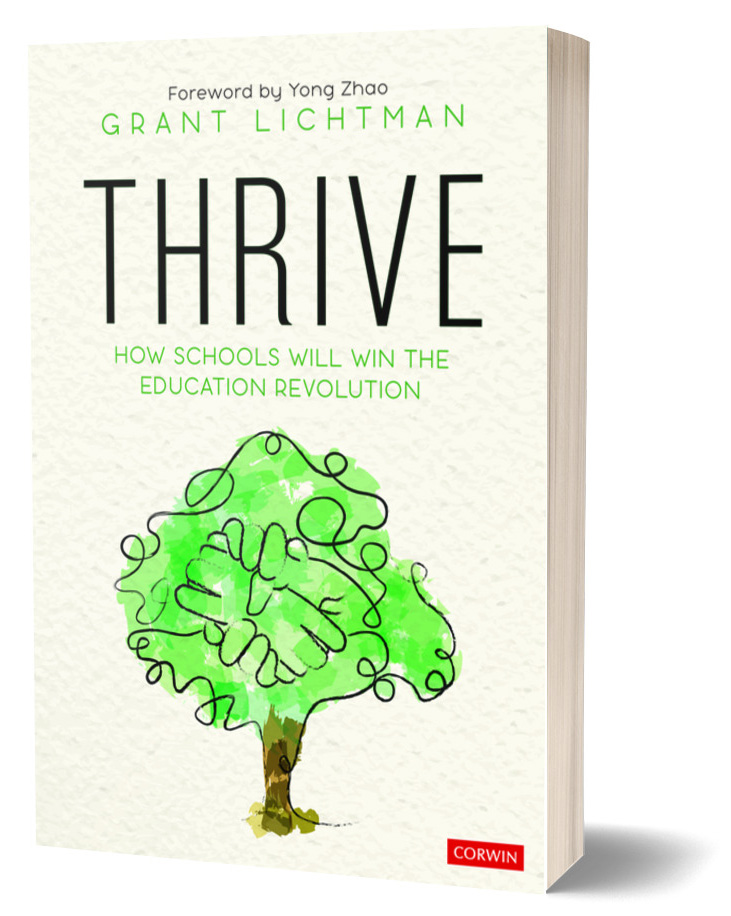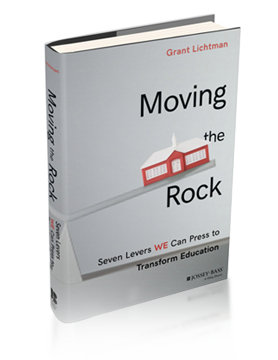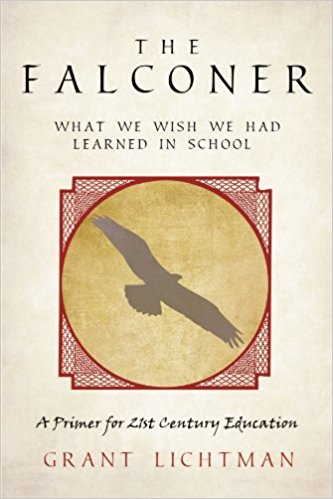 Yesterday I spoke with an independent school head who emailed me on my views about strategic planning, how I might help, and who else they should reach out to. Here is what I shared:
Yesterday I spoke with an independent school head who emailed me on my views about strategic planning, how I might help, and who else they should reach out to. Here is what I shared:
As I have written and spoken about for almost five years, the traditional independent school strategic plan is ineffective for a number of reasons, of which these are the most important:
- Short horizon: five years is not a strategic horizon today, and certainly not in education. True strategic vision needs to be on a 10-25 year horizon.
- Not strategic: the vast majority of independent school plans (and public school plans as well), are NOT strategic (see below for what “strategy” actually is). They are highly tactical. Tactics are great and necessary, but an organization that does not understand the difference between strategy and tactics is in big trouble when the marketplace gets tough.
- Highly operational: most of what is in most independent school “strategic” plans, is highly operational. Little in these plans have to do with the core business of the school, which is learning.
So, I told this head of school this afternoon, if you want to launch a traditional strategic plan, there are plenty of folks who can help you with that!
Now, let’s focus on what strategy actually is:
Roger Martin, one of the most respected voices in the field of organizational strategy for decades says strategy revolves around five questions:
- What is our winning aspiration?
- Where will we play?
- How will we win?
- What capabilities must we have?
- What management systems do we need?
Strategy is about understanding differentiated value in a competitive landscape, deciding what sustainable success looks like, and building an organization that will support that success. By definition if your “strategic plan” looks pretty much like every other school’s, and if you believe that the landscape is only going to shift every five years, you are not engaging in strategy.
This is why I have started using the term “strategic design”. It focuses on core differentiated values and how those values will translate into sustainable success. It focuses on what a school actually does (learning), not how we do it (operational tactics). It forces us to push our horizons well past the five year mark. And, like any good design process, it is dynamic, fluid, ongoing, and evolving.
I am by no means the only one pressing schools in this direction. We see a real convergence that something more akin to “strategic design” is characteristic of schools that are successfully innovating to stay ahead of competitors. It requires executives and boards to think differently, which can be uncomfortable. But evolution is rarely comfortable. Strategy is about surviving and thriving during evolution.












Key idea is, “understanding differentiated value in a competitive landscape.” It is very difficult for schools to gather this information as a business would rely on their salespeople and marketing department. Schools are literally set up to be insular.
Great note, John. The good news is that schools actually have tremendous potential to listen to, and understand the marketplace; we can and do engage with our customers every day, and we can engage in the “marketplace” quite easily as it is almost always right outside our door!